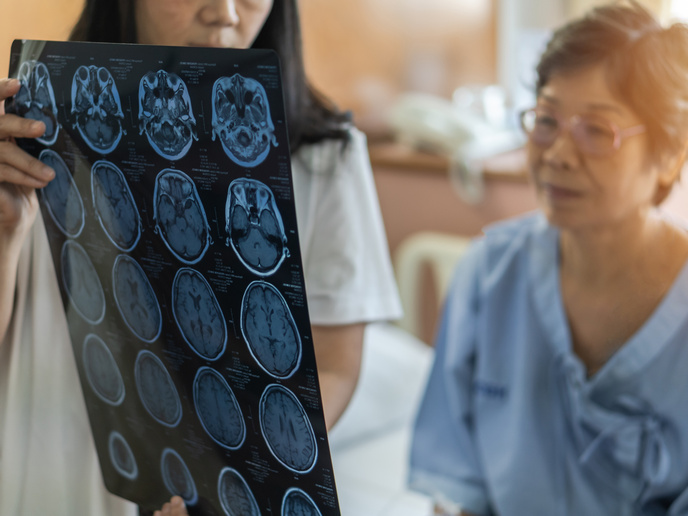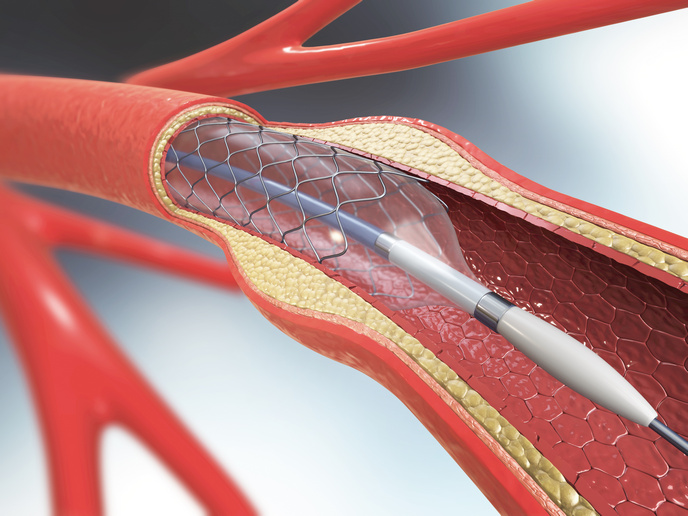Targeted cooling reduces stroke-related disabilities
Over 1 million people in Europe alone will have a stroke this year. A third of these people will go on to suffer permanent disabilities, such as limited mobility and affected cognitive function. These handicaps are a result of the brain damage caused by blocked blood flow to the brain, as well as further damage following the reopening of the blocked artery. While the effectiveness of stroke therapies has improved over the years, many post-stroke patients continue to struggle with independent living. This has led to the exploration of potential new therapeutic strategies, such as additional neuroprotection using hypothermia.
Novel brain cooling techniques
This was the focus of CUCUMBER(opens in new window). The EU-funded project sought to bring novel targeted temperature management (TTM) techniques – also known as ‘brain cooling’ – closer to market. “Stabilising a patient’s core body temperature to between 32 to 36 Celsius can promote brain protection and improve clinical outcomes,” explains CUCUMBER project coordinator Juergen Bardutzky from the Medical Center – University of Freiburg(opens in new window) in Germany. “The idea began about 20 years ago, when initial tests on animals and cell cultures found that mild hypothermia was neuroprotective.” The challenge over the past two decades however has been that human studies have at best been neutral. A key reason for this, explains Bardutzky, is that hypothermia needs to be induced as soon as possible. In humans, this results in shivering and pain in awake patients. “Most studies were unable to get down to the target temperature,” adds Bardutzky. “The experiences were bad for the brain(opens in new window), and bad for patients.”
Closer to clinical applications
CUCUMBER built on previous work to develop a device that delivers TTM to the brain, facilitating stroke treatment and improving patient outcomes. The device, called CoolConnect, cools the patient in 30 minutes and doesn’t disturb the radiologist performing the thrombectomy. Initial studies found that the device, which provides coolant to the brain via a nasal catheter, is capable of cooling without causing under pain or suffering to the patient. The brain absorbs the protective cooling effect, and hypothermia develops only later through the blood circulation in the entire body. The goal of CUCUMBER was to facilitate necessary studies and trials on the pathway towards commercialisation. “There are lots of regulations and ethical considerations to take account of,” notes Bardutzky. “All this takes time.”
Enabling clinical guidelines to be changed
The project successfully carried out safety studies and secured an extension in order to begin work on the main point of focus – a multicentric, randomised, controlled study in Germany. Some 45 patients have been identified, with the aim of eventually involving over 400 patients in total. Following project completion, this work is now being funded by consortium partner BrainCool(opens in new window). “We are able to move forward now,” remarks Bardutzky. “We have four hospitals involved and will start recruiting shortly. Our goal is to work with two or three patients a month, which will take up around a year and a half to complete.” The hope is that this trial will demonstrate the clear benefits of TTM and enable clinical guidelines to be changed to take account of the benefits of hypothermic treatments. “This will mean more post-stroke patients able to live independently and return to work,” says Bardutzky. “This is good for the economy, and good for the patients able to walk out of hospital.”







